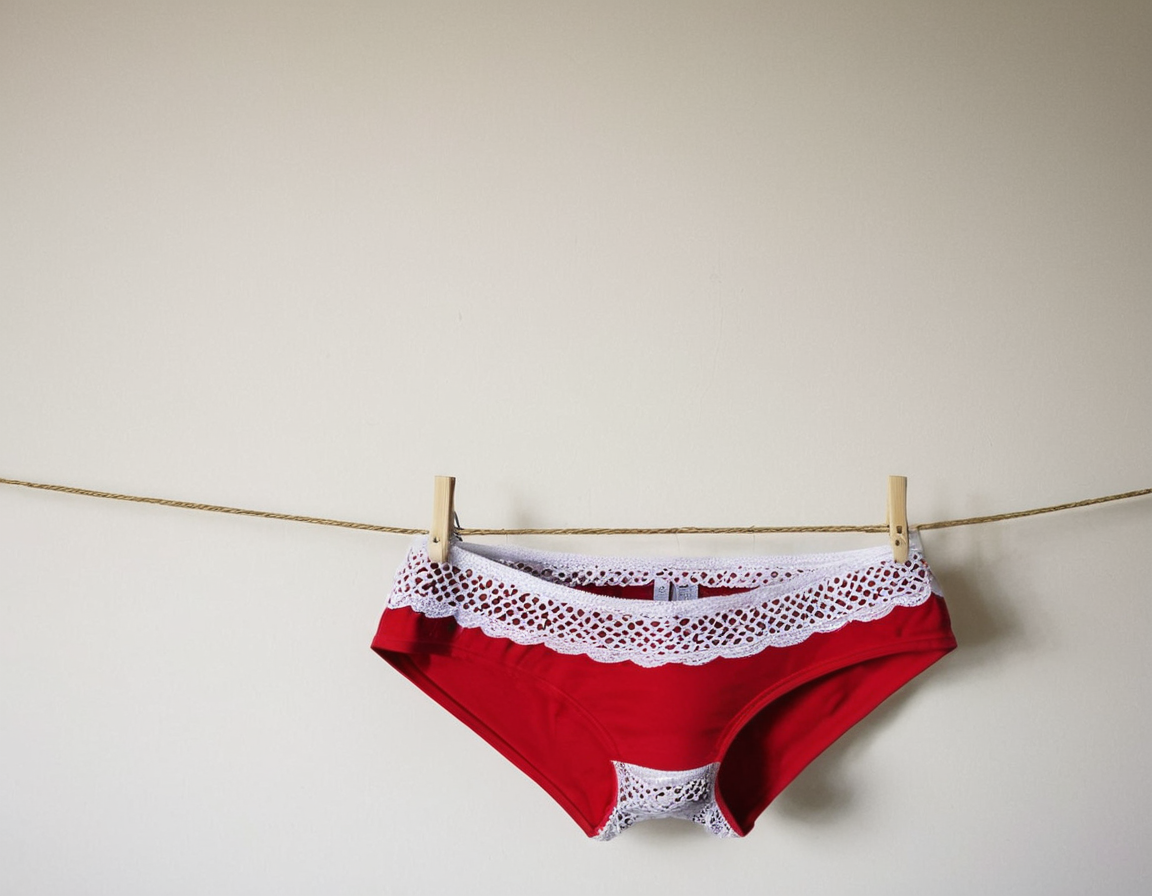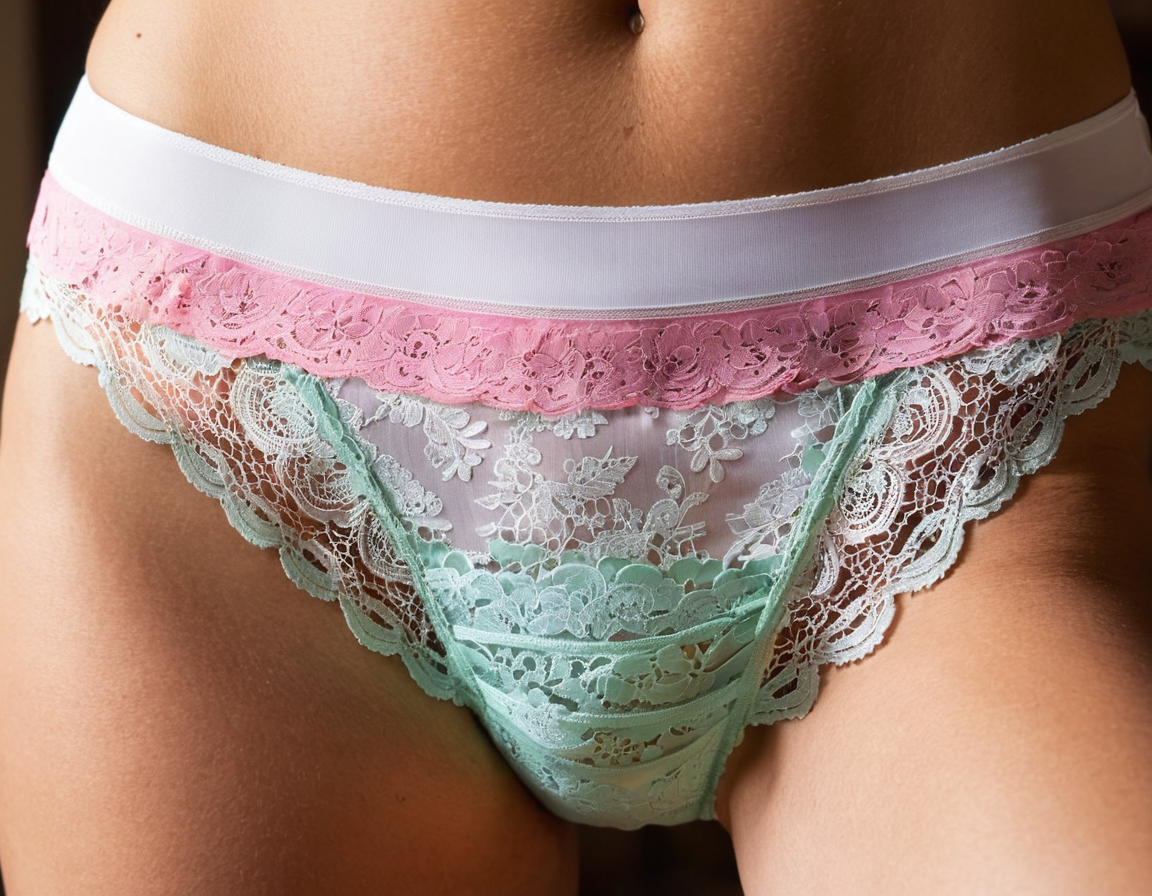: Exploring the Intimate World of Panties: A Journey Through

Introduction
Panties, a ubiquitous yet intimate part of women’s clothing, have evolved significantly over time and are now a symbol of femininity, sensuality, and self-expression. This article delves into the world of panties, examining their history, styles, materials, and cultural significance in various parts of the globe. Learn more about Exploring
History of Panties
The origin of modern panties can be traced back to 1588 when John Histed patented the first pair of underwear for women in England. However, it wasn’t until the early 20th century that panties became a fashion statement rather than mere functional wear. In the 1930s, chemises and slips started to cover more of the woman’s body, leading to shorter, more decorative panties that could be seen peeking out from under skirts or dresses.
Panty Styles
There are numerous styles of panties available in today’s market, each with its unique characteristics and target audience. Some popular types include:
1. Bikini Panties – Named for their resemblance to the swimwear style, bikinis cover less than full briefs but more than hipsters or thongs. They provide modest coverage while remaining comfortable and stylish.
2. Boyshorts – A modern twist on classic panty styles, boyshorts are high-waisted with a short, loose fit that covers the hips and thighs. Often associated with lounge wear or sports activities, they have become increasingly popular in everyday fashion as well.
3. Thongs – Known for their minimal coverage, thongs are designed to be almost invisible under clothing while providing light support. Popular among those who prefer a minimalist look or want added confidence during intimate moments. Learn more about the
4. High-Waisted Briefs – A classic panty style that has made a comeback in recent years due to its comfort and retro appeal. High-waisted briefs sit just below the navel, providing support and coverage for women of all body types.
5. Tanga Panties – Similar to bikinis but with less rear coverage, tangas offer moderate coverage and a flattering fit. They are popular among those who want more coverage than thongs but still desire a sleek look under clothes.
Materials & Comfort
Panty materials have come a long way since the days of stiff cotton panties. Today’s options include breathable natural fibers like cotton, soft and stretchy synthetic fabrics such as nylon or spandex blends, and even luxurious alternatives like silk or lace for special occasions or intimate moments. Many modern panties are designed with comfort in mind, featuring seamless construction, gussets that wick away moisture, and no-ride waistbands to ensure a comfortable fit all day long.
Cultural Significance of Panties Around the World
Panty culture varies across different regions and communities worldwide. In some countries like Japan, panties have become collectible items known as ‘panty fetishism’ or ‘pantyu feti shizumu.’ In Brazilian Carnivals, women often wear colorful panties under their costumes as a symbol of liberation and celebration. Even in Western societies, panties are frequently used as symbols of femininity, sexuality, and self-expression.
Conclusion
Panties have evolved from mere functional garments to fashion statements and intimate expressions over the years. With various styles, materials, and cultural significance across the globe, they continue to be an essential part of women’s wardrobes worldwide. Understanding their history, evolution, and role in society sheds light on how deeply ingrained panties are in our social fabric, making them not just a piece of clothing but an integral part of feminine identity.
SEO Keywords: panty history, types of panties, panty materials, cultural significance of panties, panty evolution

